A really good reason for using Object.defineProperty is that it lets you loop through a function in an object as a computed property, which executes the function instead of returning the function's body.
For example:
var myObj = {};
myObj.width = 20;
myObj.height = 20;
Object.defineProperty(myObj, 'area', {
get: function() {
return this.width*this.height;
},
enumerable: true
});
for (var key in myObj) {
if (myObj.hasOwnProperty(key)) {
console.log(key + " -> " + myObj[key]);
}
}
//width -> 20, height -> 20, area -> 400
Versus adding the function as a property to an object literal:
var myObj = {};
myObj.width = 20;
myObj.height = 20;
myObj.area = function() {
return this.width*this.height;
};
for (var key in myObj) {
if (myObj.hasOwnProperty(key)) {
console.log(key + " -> " + myObj[key]);
}
}
// width -> 20, height -> 20, area -> function() { return this.width*this.height;}
Make sure you set the enumerable property to true in order to loop through it.
